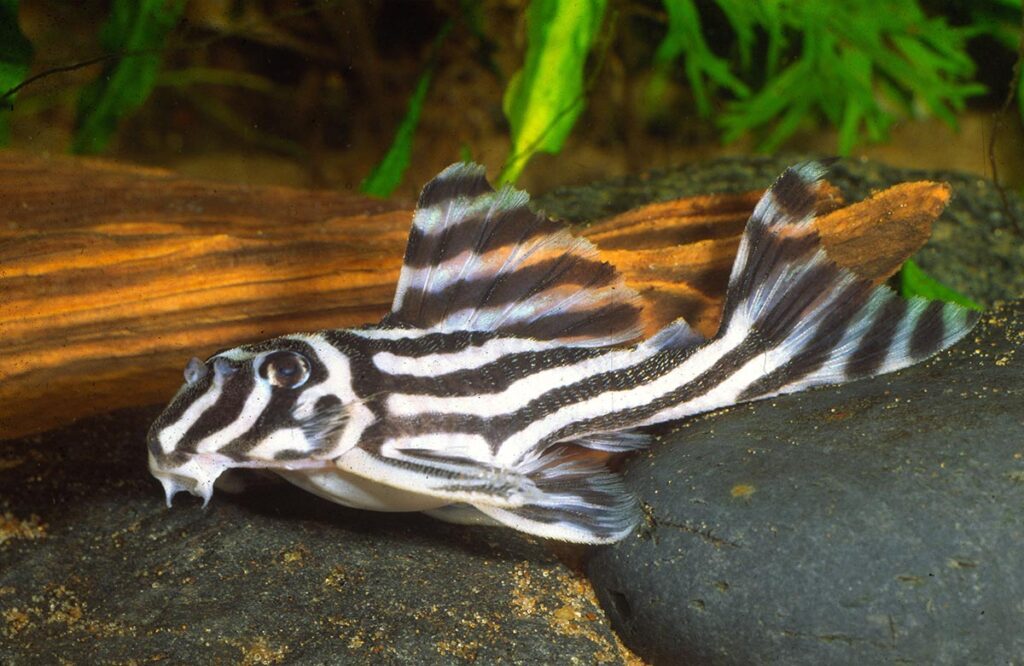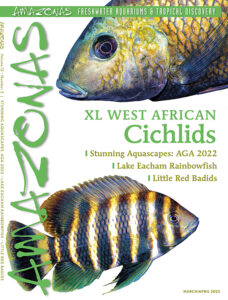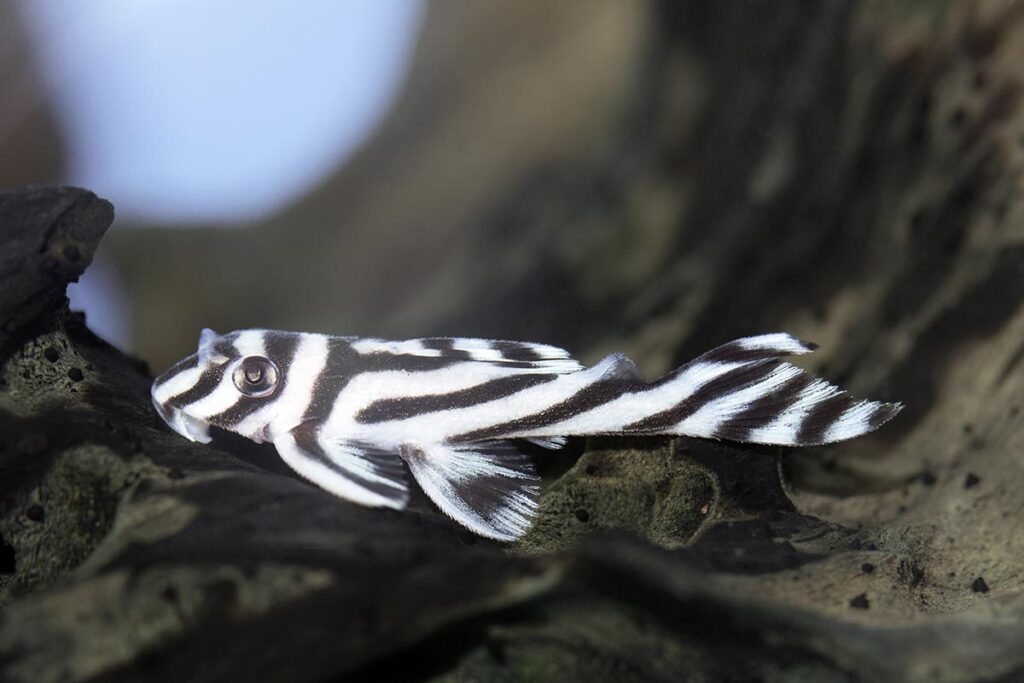
An excerpt from the March/April 2023 issue of AMAZONAS Magazine, by Art Parola
At the 19th meeting of the Conference of the Parties (CoP), delegates from the 184 signatory countries to the Convention on the International Trade in Endangered Species (CITES), as well as nongovernmental organization (NGO) observers met in Panama City, Panama in November of 2022. Prior to the CoP, Brazil submitted a proposal to list Hypancistrus zebra (also known as the Zebra Pleco or L046) under Appendix I of the Treaty. This would have effectively banned international trade in the species. The proposal was lauded by animal rights organizations and other activist groups. However, industry experts and ichthyologists warned that enactment of the proposal would largely end the legal trade of captive-bred specimens produced in large numbers in Indonesia and Europe. This lack of legal supply would fuel an exponential increase in illegal fishing and smuggling of the species. The United Nations Food and Agriculture Organization (FAO) recommended rejecting the proposal for CITES listing of the Zebra Pleco, as did the CITES Secretariat, which stated the species did not meet the criteria for listing.

Despite these serious objections, Brazil officially introduced the proposal at the CoP. During the discussion of the proposal, the European Union (E.U. member nations generally vote as a bloc at CITES) and the United Kingdom proposed an amendment to list Zebra Plecos under Appendix II as a sort of compromise. However, Brazil was adamant that it wished to include the species under Appendix I. When the vote on whether to amend the proposal was counted, the amendment was rejected by a close margin. The proposal, therefore, continued as a proposal to list the species under Appendix I. A debate ensued and eventually, it came to a vote as there was no consensus between the parties. The votes to list H. zebra under Appendix I fell short.
But the listing saga did not end there. In the very last days of the CoP, during Plenary in which decisions are finalized, the proposal was again brought to the floor by Brazil. This time, Brazil amended the proposal to a listing of H. zebra under Appendix II. This amendment was accepted and passed, meaning the Zebra Pleco will now be subject to international trade restrictions.
Unintended Consequences
Unfortunately, experts are concerned even the Appendix II listing will cause unintended consequences. Protection on paper does not necessarily equate to conservation in reality. The Zebra Pleco was already listed on CITES under Appendix III, which allowed for trade oversight and investigation of illegal trade. Export of specimens from Brazil, where the species is endemic, was also already against the law. The listing of the Zebra Pleco under CITES Appendix II will add some paperwork and technical requirements not previously necessary for captive breeding operations, likely raising the cost to produce and export the species.
With the increased cost of legal, captive-bred specimens, the incentive to smuggle illegally collected wild specimens increases. While the Appendix II listing will almost certainly not have the same degree of detrimental impact as an outright ban in the international trade of captive-bred specimens that would have resulted from an Appendix I listing, the long-term effect on wild fish and smuggling remains to be seen. The hope is that the burden on captive breeding facilities is low enough that legal, captive-bred specimens can still fill demand, so illegal harvest and smuggling do not reach unsustainable levels.

Potential Win-Win is Off the Table
A peer-reviewed study showed that hobbyists overwhelmingly prefer buying captive-bred H. zebra compared to wild-collected individuals of the species. While Brazil’s attempts to restrict trade in Zebra Plecos using the CITES appendices will be counterproductive for the conservation of the species, there are constructive regulatory changes that could be beneficial for wild Zebra Plecos and sustainable livelihoods of Brazilian people.
Zebra Plecos are proven to be prime candidates for aquaculture production. Allowing commercial Zebra Pleco aquaculture operations in Brazil is an economically viable option that would ensure demand is filled by captive-bred specimens. It would benefit wild populations by disincentivizing illegal fishing while providing environmentally sustainable economic opportunities to local people in the range state. Unfortunately, Brazilian law does not currently allow for possession of the species, even for captive breeding. Brazilian authorities affirmatively stated that they do not currently plan to make any changes that would provide such opportunities, and signaled that in the future they would not support changing regulations to accommodate projects of the type.
Increasingly, laws and regulations at international, national, and local levels are alienating aquarium hobbyists, often the people most interested and invested in the conservation of endangered fish species. Trade regulation can be an effective conservation tool, but this requires a targeted approach that discourages unsustainable actions while creating opportunities for demand to be fulfilled by sustainable options. Blanket ban approaches rarely result in the intended outcome and are often counterproductive. We can only hope that captive breeding operations can continue to offset the incentive for illegal fishing and smuggling of Zebra Plecos despite the increased cost of operating under the CITES Appendix II requirements. Additionally, given that habitat degradation and pollution continue to be the primary threats to the Río Xingu and wild H. zebra populations, we can only hope the species is not “protected” to extinction.
About The Author
Art Parola is a member of the National Animal Interest Alliance (NAIA) Advisory Board and leads the NAIA’s CITES Engagement Program. He represents NAIA as an NGO observer for CITES. You can find out more about NAIA, sign up for newsletters and alerts, and support their work at www.NAIAonline.org






When will the CITES register be updated? on the CITES website it is still in appendix III